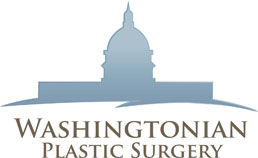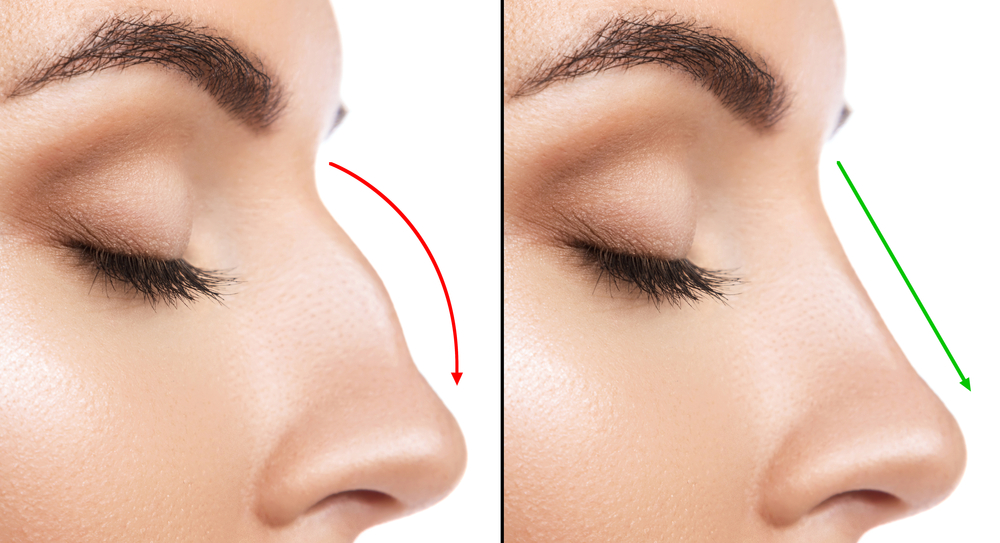Rhinoplasties are among the most common plastic surgeries. Better known as a nose job to many, it’s a procedure often associated with celebrities and speculation (did they get a nose job?).
The cosmetic procedure alters the appearance of the nose, modifying cartilage, bone, and tissue.
The procedure can also have medical reasons, such as repairing nasal fractures.
The Surgery Itself
Before surgery, patients should take precautions. For example, patients shouldn’t take aspirin within ten days of the procedure, nor NSAIDs within 7 days of the surgery. For six hours before surgery, no food or liquids should be consumed as these could cause complications with the anesthesia.
For the surgery, the individual will be put under by the anesthesiologist with a mix of gas and intravenous medication. Different surgical techniques might be used depending on the patients’ needs and the surgeon’s experience. This ranges from the alteration of the tip or bridge, reducing the size of the nose, changing its angle, and more.
Meanwhile, a rhinoplasty can be performed either as an open or closed procedure — the difference being whether there is an incision between the nostrils or if all incisions are within the nostril. In general, rhinoplasties tend to be closed procedures.
Recovery from a Rhinoplasty
After a Rhinoplasty, patients should sleep with their head elevated. Patients should have someone on hand to help them with basic needs such as eating, hydrating, or using the restroom. Icing the face can help reduce swilling. Swelling will persist for about two weeks.
For the first 24 hours after surgery, patients may experience moderate bleeding. Gauze to collect blood may need to be changed on the hour in the first day after surgery.
Meanwhile, patients should avoid hot liquids for the first several days after surgery.
Patients will also be prescribed antibiotics after surgery. It’s imperative that the patient finishes the antibiotics they’re prescribed.
Want to know more? Call here (301) 244-0277 or check here for more information.



